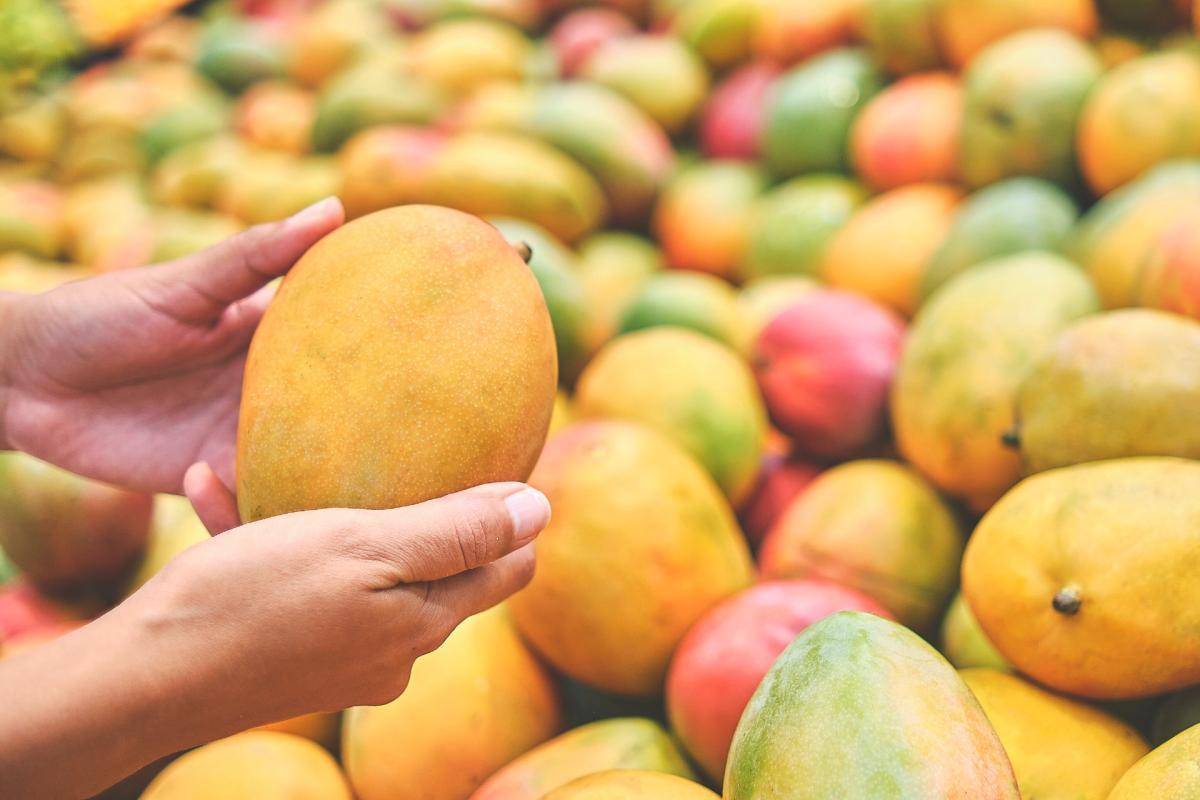
Post-harvest losses refer to the measurable loss of the crop as its quality or quantity is affected. Unlike damage caused to the crop, the loss incurred to the crop makes it impossible for farmers to use the crop in any way. Post-harvest loss occurs at all stages in the food supply chain from the moment of harvesting to handling, storage, processing, and marketing.
For instance, poor weather at harvesting time can affect the cultivation operations and functionality of harvesting machines. Lack of proper storage areas post-harvest, along with lack of ability of pre-cooling facilities can tamper with the moisture content of the harvested products. Plus, a lack of appropriate transport systems and a lack of refrigerated transport, along with poor infrastructure adds to the damage.
Types of Post-Harvest Losses:
-
Damage- Damaged crop refers to a crop that shows clear signs of deterioration. For instance, pitted or broken grain.
-
Direct and indirect losses- Direct losses occur when foodstuff disappears due to leakage or consumption by pests. On the other hand, indirect losses occur when a reduction in the quality of produce leads to the consumer’s refusal to purchase.
-
Quality loss- The quality of a crop is determined by a variety of features such as shape, size, odour, and taste. Tampering good quality foodstuff with bad grain, scraps of straws, plant residue, soil, pebbles, bits of glass, etc can significantly reduce the quality of the crop.
-
Food loss- Food loss refers to the decrease in edible food mass or nutritional value of food that was originally intended for human consumption. Food loss usually takes place at the production, post-harvest, and processing stages in the food supply chain.
7 Ways to Reduce Post-Harvest Losses:
-
Assess the maturity of the harvest- One of the ways to reduce the risk of post-harvest losses is assessing the maturity of the crop and harvesting it at the appropriate stage.
-
Accessibility of finances- Lack of financial means to buy improved post-harvest facilities and equipment is an important risk factor for post-harvest losses. Therefore, improving farmers’ access to finance for smallholder farmers, as well as for small-to-medium enterprises is fundamental to enable them to reduce their food losses.
-
Post-harvest drying- Drying grains and cereals ensures good preservation. Reducing the moisture content of the cereals makes them less vulnerable to mold and rot during storage. However, drying the grain too much can make it brittle and can lead to cracking during hulling or milling.
-
Transport- It is imperative to be extremely cautious while transporting a really mature harvest, in order to avoid detached grain from falling.
-
Linking farmers to prospective markets and buyers- Linking producers to markets where they can sell their produce at a profit is an essential step to increase investment in food loss reduction activities.
-
Avoid injury while handling fruits and vegetables- Cuts or cracks on fruits and vegetables allow harmful microorganisms to enter the fruit. Injury to fruits and vegetables can be avoided by taking the following precautions- using shears that are sharp and clean while removing the foodstuff, and not overloading the vehicle while transporting fruit as the fruit at the bottom can get compressed. Also, do not toss or throw produce into the truck to avoid bruising.
-
Providing cold storage for fresh produce- Heat is one of the prime causes of spoilage for fresh produce, such as fish, meat, milk, and other dairy products, and the lack of cold chain equipment and infrastructure leads to high levels of losses in developing countries.











